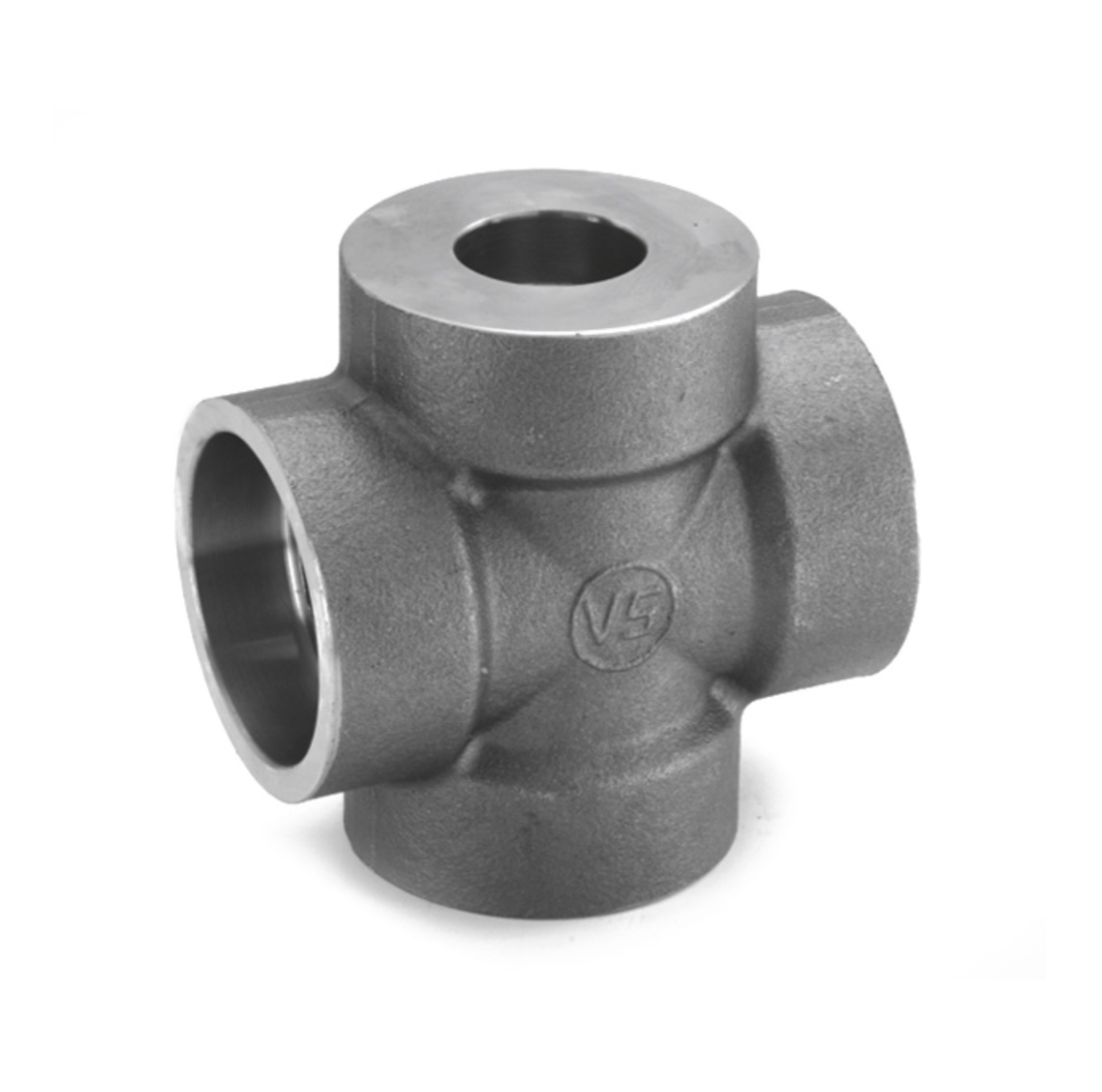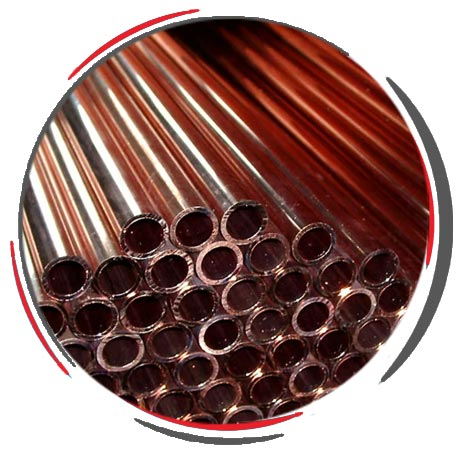Understanding Pipe Fittings Valve vs Forged Pipe Fittings: A Comprehensive Comparison
When it comes to building robust piping systems, selecting the right components is critical. Two essential elements that often raise questions are pipe fittings valves and forged pipe fittings. While they may serve similar functions in controlling and directing flow, their design, application, and performance characteristics vary significantly. In this blog, we will break down the differences and uses of pipe fittings valve vs forged pipe fittings, so you can make informed decisions for your next project.
What Are Pipe Fittings Valves?
Pipe fittings valves are mechanical devices used to control, regulate, or direct the flow of fluids (liquids, gases, or slurries) within a piping system. These valves are integrated with fittings that allow them to be installed at connection points. Depending on their function, these valves can either stop flow entirely, allow flow in one direction, or adjust flow intensity.
Common types of pipe fittings valves include:
-
Ball Valves: Known for their durability and excellent sealing properties, especially in high-pressure environments.
-
Gate Valves: Typically used when a straight-line flow of fluid and minimum restriction is desired.
-
Globe Valves: Designed for regulating flow in a pipeline.
-
Check Valves: Prevent backflow in a system by allowing fluid to flow in one direction only.
These valves are used in various industries, including oil & gas, chemical processing, water treatment, and HVAC systems. They are critical in ensuring operational safety and efficiency.
What Are Forged Pipe Fittings?
Forged pipe fittings are created by shaping metal under high pressure into the desired shape, usually using a forging process. This makes them exceptionally strong and ideal for high-pressure and high-temperature applications. They are typically made from carbon steel, alloy steel, or stainless steel.
Key types of forged pipe fittings include:
-
Elbows: Used to change the direction of flow.
-
Tees: Allow fluid to branch off in different directions.
-
Couplings: Connect two pipes together.
-
Unions: Similar to couplings, but allow for easier disconnection and reconnection.
Forged fittings are classified based on pressure ratings, commonly ranging from 2000 to 9000 PSI. Their high-strength nature makes them suitable for systems under high mechanical stress or thermal cycles.
Pipe Fittings Valve vs Forged Pipe Fittings: Key Differences
Now that we have a clear understanding of each component, let’s dive into the comparison between pipe fittings valve vs forged pipe fittings:
1. Functionality
-
Pipe fittings valves are functional components that actively control or stop the flow within a piping system. They are dynamic elements often operated manually or automatically.
-
Forged pipe fittings, on the other hand, are static components designed to connect, redirect, or terminate sections of pipe. They do not regulate flow but ensure tight, leak-proof connections.
2. Material Strength
-
Forged pipe fittings are known for their superior mechanical strength due to the forging process. This makes them resistant to impact and high-pressure environments.
-
Pipe fittings valves are also made from strong materials, but since they have moving parts, they are more prone to wear and tear over time.
3. Application Areas
-
Use pipe fittings valves when you need precise control over flow, such as in chemical dosing, water regulation, or gas shut-off.
-
Use forged pipe fittings in critical pressure systems where tight connections and durability are paramount, such as oil drilling rigs or high-pressure steam systems.
4. Maintenance
-
Valves typically require regular maintenance and inspection to ensure their moving parts are functioning properly.
-
Forged fittings are low-maintenance as they contain no moving parts and have fewer failure points.
5. Cost
-
Forged pipe fittings are generally less expensive than valves because they are simpler in design and function.
-
Pipe fittings valves can be costly depending on complexity, material, and automation level.
Which One Should You Choose?
Choosing between pipe fittings valve vs forged pipe fittings ultimately depends on the specific needs of your piping system.
-
If your priority is flow control, opt for pipe fittings valves.
-
If you need durable connections in a high-pressure environment, forged pipe fittings are the better choice.
In many industrial systems, both are used in tandem to create a robust and functional pipeline. For example, a high-pressure steam line might use forged fittings for strength and reliability, while integrating valves to manage steam flow efficiently.
Final Thoughts
Understanding the differences between pipe fittings valve vs forged pipe fittings is crucial for engineers, contractors, and facility managers looking to optimize performance, safety, and longevity in their piping systems. By selecting the right component for the right application, you not only improve operational efficiency but also reduce the risk of downtime and costly repairs.
Whether you’re building a small water distribution network or a massive petrochemical plant, having the right knowledge about your piping components can make all the difference.
- Share

YOU MIGHT ALSO ENJOY
Choosing the Right Hamilton Driving School near me A Complete Guide for New Drivers
Stephen Romero - December 23, 2025
The Timeless Charm of Traditional Indian Flower Garlands in Weddings
Stephen Romero - December 20, 2025
Reasons to Choose Trusted Copper Tube Manufacturers in India for Your Projects
Stephen Romero - December 11, 2025
search
FAST ACCESS
- art&gallery (4)
- Automotive (25)
- beauty (7)
- blog (339)
- Business (683)
- cleening (13)
- clinic (1)
- courier services (4)
- dentel care (6)
- Driving school (3)
- electronics (1)
- events (1)
- forests (11)
- gameing (5)
- Health (26)
- Health & Fitness (217)
- Home & Garden (16)
- Landscaping (1)
- Law (16)
- Lifestyle (9)
- machinery (5)
- Real Estate (9)
- Share Market (15)
- Shopping (5)
- Technology (31)
- tool (2)
- toys (2)
- Travel (40)
- Wedding & Events (332)
must read
Precision, Design, and Innovation: The Future of Modern Staircases in Ontario
Stephen Romero - December 26, 2025
Discover the Magic of the Himalayas with the Best Bhutan Tour Packages
Stephen Romero - December 26, 2025
Can Aip Protein help reduce inflammation in autoimmune conditions?
Stephen Romero - December 26, 2025
Digital Accessibility and Compliance: A Clear Guide to WCAG, Audits, and VPAT Documentation
Stephen Romero - December 25, 2025
recent post
ARCHIVES
- December 2025 (126)
- November 2025 (132)
- October 2025 (105)
- September 2025 (166)
- August 2025 (164)
- July 2025 (150)
- June 2025 (173)
- May 2025 (99)
- April 2025 (1)
- March 2025 (8)
- February 2025 (9)
- January 2025 (8)
- December 2024 (25)
- November 2024 (40)
- October 2024 (11)
- September 2024 (1)
- July 2024 (10)
- June 2024 (11)
- May 2024 (31)
- April 2024 (15)
- March 2024 (19)
- February 2024 (6)
- January 2024 (7)
- December 2023 (11)
- November 2023 (1)
- July 2023 (13)
- June 2023 (21)
- May 2023 (27)
- April 2023 (23)
- March 2023 (16)
- February 2023 (31)
- January 2023 (27)
- December 2022 (11)
- November 2022 (12)
- October 2022 (11)
- September 2022 (11)
- August 2022 (14)
- July 2022 (13)
- June 2022 (19)
- May 2022 (17)
- April 2022 (10)
- March 2022 (12)
- February 2022 (8)
- January 2022 (9)
- December 2021 (19)
- November 2021 (4)
- October 2021 (6)
- September 2021 (4)
- August 2021 (4)
- July 2021 (10)
- June 2021 (6)
- May 2021 (2)
- April 2021 (2)
- March 2021 (45)
- August 2020 (31)
- July 2020 (30)
- June 2020 (29)













